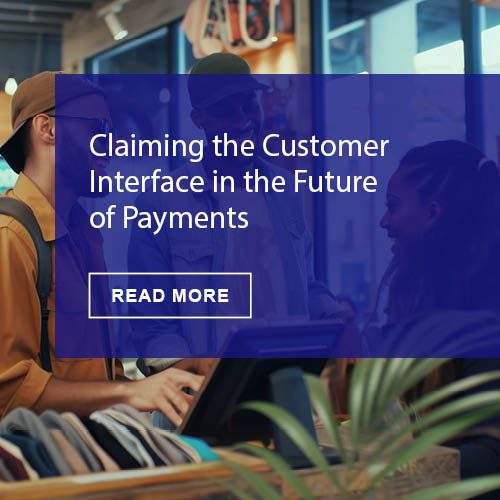In banking we have moved from talking about ‘online’ to using the word ‘digital’ as a common descriptor. The explosion of connected devices has been a key driver, and the take up of mobile devices among UK consumers is almost at saturation point making it increasingly the channel of choice for customers across industries.
Financial institutions have realised and adapted by developing their proposition to include digital channels, and one knock-on effect of this is branch visits declining by around 30% in the past three years. Consumers now have a choice of how they engage with their bank to complete transactions or deal with issues and queries on their account.
The move towards mobile
The decline in branch usage is partly because access to banking services is more convenient for many people outside of traditional working hours. For example, RBS has said in recent months that 167,000 of its customers use their mobile banking app between 7am and 8am on their morning commute. And of course we also now live in a 24/7 culture when things like clothes shopping and booking holidays are done online in the evening rather than in shops during the day. These activities often need bank accounts to be accessed to move money around.
Lloyds‘ weekly app use rose from 2.1 million in 2012 to 4.7 million in 2013 and 6.6 million in 2014. The app has been downloaded more than 7.2 million times and at peak times it is being used some 138 times per second. More than £1.7 billion is transferred from a major UK bank each week using mobile phones or tablets.
Banks are responding not only by closing or selling branches, but also taking steps to educate the elements of their customer base that traditionally prefer doing business face to face in order to retain their custom and drive them to transact in a more efficient way for the bank. Barclays’ ‘Digital Eagles’ campaign is one such example.
This is all good news for challengers who are free of legacy issues and want to cherry pick aspects of banks’ proposition and present a better product to consumers or businesses.
Opportunity in digital lending
One such area ripe for targeting is unsecured loans. Nationwide recently said that more than 50% of their unsecured loans are originated online and that they expect this number to continue to rise. Indeed, Nostrum’s own client base significantly exceeds this threshold as the lenders invest in non-branch distribution channels
Nostrum’s own consumer research has shown adoption of online application for personal loans is stronger among repeat borrowers than first time borrowers. Rather like skiing lessons for beginners, the familiarity of the experience dispels initial fears and is replaced by increasing confidence.
There are examples of innovators going first and the banks responding – albeit not always immediately. Short-term lending pioneered fast credit by automating credit risk to drastically reduce underwriting time, but banks didn’t react, probably as they didn’t feel threatened.
One of the biggest emerging trends today is for banks to offer retail services to customers. For example, Lloyds’ “Spending Rewards” and Nationwide’s “Simply Rewards” show how banks are increasingly collaborating with retailers to offer customers relevant savings opportunities. Major card issuers such as American Express are also now offering personalised pre-loaded offers on their cards, whereby customers making purchases at certain retailers get immediate cash refunds to their cards – sometimes as much as 50% discounts against their purchases.
It’s clear that retaining customers in a digital landscape is tough, which explains why banks and other providers are attempting to be perceived as helpful and understanding of their customers’ needs. They don’t want their customers to look elsewhere, even when a product might be a better fit. It’s down to the challengers to make sure their message gets past this.











